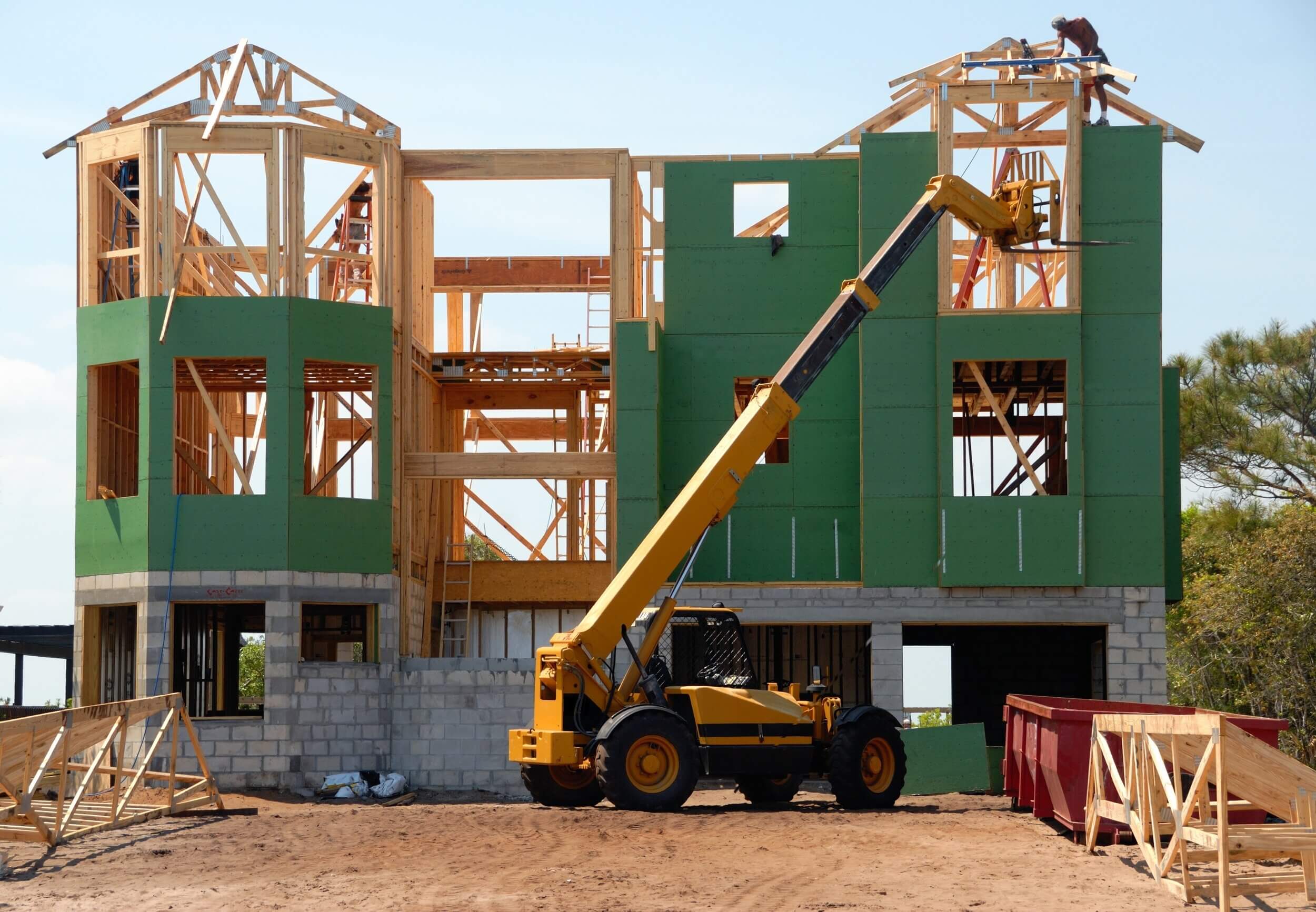Building and landscape product manufacturers need to find ways to reach the design community in order to have their products considered when a construction or landscape project is undergoing product selection. Products can be selected at different times during the design phase. Different members of the design and construction team can influence product decisions. As an architectural product manufacturer, there are steps you can take to get the attention of the design community. In this article, we present 4 helpful tips for getting your products specified by the AEC community.
1 - Have the product information and content architects and designers need.
Construction projects undergo various phases of design and construction, all of which require accurate data and information in order to proceed. Every construction project requires written specifications that adhere to the standards and formats of the Construction Specifications Institute and Construction Specifications Canada. Many architectural firms have embraced BIM technology and work within Revit. Some designers opt to showcase their projects in software such as SketchUp to present photo realistic project models to their clients. Installation instructions and product content and information varies by project stage, industry segment, and architectural firm. Product manufacturers need to connect with professionals in their industry and understand the needs of their prospective clients. Making product information accessible to the design community in the format they need and to the quality they demand can help make your products stand out in the product selection process.
2 - Serve as a reliable resource of information on your products.
The people that represent your products to architects and design professionals need to be the experts on your products. For architectural products, the individuals that represent your products need to be able to do much more than just sell your inventory. Your team should be trained and knowledgeable about all aspects of your product. They should understand the performance requirements and limits, safety certifications and standards, the installation process, relevant environmental information, product and company history, case studies, and any other existing information about your product. Your product representatives should be able to direct designers to the appropriate product literature.
3 - Provide samples to architects and designers.
Most architectural and landscape product manufacturers should offer samples of some sort to the design community. A sample allows for visual and tactile interaction with your product. Carefully selected samples that meet the needs of a specific project can be extremely helpful for an architect. Samples can be retained as part of a material library within a firm, and care should be taken in creating and presenting sample packages.
4 - Be where your potential clients are.
Manufacturers have previously been able to rely on meeting up with architects in defined physical spaces such as at conferences, lunch and learns, or trade shows events. Traveling to meet with prospective clients has diminished as the dominant way to connect, though will remain a part of doing business in some capacity. Many connections are made entirely online now, and having a strong online presence is essential. Your website should be up to date and include vital information about your products.
Photo by Kawser Hamid © Pexels
If you need help getting started with reaching architects and specifying professionals, please visit our site for manufacturers and contact us to discuss how we can help get you specified.


